Have you taken a vacation this year? Would you like to travel more, but just can’t seem to find the time? You’re not alone. Lots of workers, Americans especially, leave vacation time unused even though plenty of research has shown the health benefits of getting away from job-related stress. Since I travel quite a bit for work, sometimes just staying home feels like a vacation to me! Countless studies have shown that taking a vacation reduces stress, helps keep your heart healthy and improves mental health. Unfortunately, they’ve also found that these benefits generally fade within two to four weeks. So, once we do get that vacation vibe, it doesn’t last nearly as long as we’d like it to.
Why We Need Staycations
The thing is, whether we’re home or traveling, we’re unfortunately constantly connected to work and other responsibilities through our phone. In today’s digital age, we simply don’t get enough downtime. Our modern day culture glorifies being busy. If we’re idle, we can feel unproductive and lazy. Personally, I tend to rely too much on Facebook and email as a distraction, a way to feel productive or connected when I really just need to stop and take a break.
Getting Out Of Autopilot
Whenever I travel, I’m reminded of one of my favorite travel quotes by Bill Bryson, listed in the photo above. The gist of it being, the luxury of travel is that everyday things are so unfamiliar we can’t take them for granted. What do we take for granted at home? The things we tend to notice more when we’re traveling or are in a new place. Simple things, like the way the air smells or the route we take to get to get somewhere. The sounds in our favorite coffee shop or the feel of our living room floor underneath our bare feet. At home, everything is so familiar, our senses on autopilot.
What Are You Not Noticing?
As a Floridian, I was really struck by the quote above about a character in a book experiencing humidity in the Carolinas for the first time. I know what that oppressive heat is like, and I’ve never thought of it as soft black velvet curtains, that’s for sure. It’s not that I just didn’t notice the thickness in the air, I was tuning it out and trying to ignore it completely. When we travel, we’re forced to use our senses — all five of them on high alert from being in a new environment. Travel makes us feel alive like nothing else, and gratitude for simple things like a delicious meal or a cozy place to sleep. When our senses are engaged, the main difference between being somewhere dreamy “out there” versus “right here” is that we’re 100% totally and completely in the moment.
Taking Cues From Creative Writing
You’ll notice many of the sensory quotes I’ve included above are from travel writers, and there’s a reason why. As a writer, I often rely on describing what I’m sensing in a destination in order to pen a description that’s immersive enough bring a place to life on a page. It’s a method I use to add to my arsenal of adjectives to describe things, but it can also be very helpful in grounding yourself in the moment. Today, I’m going to share with you this sensory experience, a little trick of the trade we travel writers do in order the gather as much about our surroundings as possible. I like to call it sensory snacking.
Staycaton Idea: Sensory Snacking
Sensory Snacking is not only a creative writing tool, it’s also a little staycation idea you can do at home on a regular basis. Not only does it help you feel the benefits you’d get while on a vacation, but it doesn’t take much time and is as simple as taking a moment to do a mental inventory of your five senses. I’ll walk you through it. Start by making yourself comfortable, wherever you are, and taking a deep breath. You can be in a quiet space in your home, or in the middle of a noisy mall.
Sensory Snacking Check List
- SEE — Look around you. What do you see? Name five colors that jump out at you. How would you describe the space around you? Pick an object that’s near you and notice the texture and shape of it.
- HEAR — What sounds do you hear? A muffled conversation in another room? The roar of lawn work or construction? Is there a plane flying overhead? Traffic? The soft hum of an air conditioner or computer? The crackle of a fireplace? If you need to, close your eyes to really tune in and listen. Pick out five distinct sounds that you hear.
- TOUCH — What can you feel right now? How does the ground feel beneath your feet? Or the chair that you’re sitting in?either the seat underneath you or the floor at your feet? Do you feel supported, weightless, or heavy? Pick up an object that’s near you, and close your eyes. What does it feel like between your fingertips. Is it soft? Smooth? Dry or damp? Describe it to yourself. Try to feel at least five different textures or sensations.
- SMELL — This one can be a bit tricky. If you’re near a restaurant, it can be wonderful. If you’re outdoors, it could be an assault of exhaust fumes and garbage dumpsters. And if you’re in an office, it can be challenging to smell anything at all in a sterile indoor environment. But still, try it throughout the day. Mentally take note of at least five different scents, perhaps starting with taking a deep whiff of coffee in the morning, noticing someones cologne or perfume in the elevator, or following the advice of a cliche quote and taking time to smell the flowers at a park or flower stand.
Try out this exercise in different places; your office, outdoors on your lawn, the park, the food court in the mall. Since smells and sounds are a bit limited in the sterility of indoors, I encourage you to try this outside, either out in a park or in your own backyard. You can test it out with one of your favorite foods! Pick your favorite snack, close your eyes, take it into your hands, and describe what it feels like between your fingertips. If you’re favorite snack is ice cream, this could get really interesting! What color is it? How would you describe the texture? And what words would you use to describe it to someone who has never had this snack before? Close your eyes and describe what it smells like and tastes like. What does it sound like when you chew it? Are the sounds crunchy or soft?
Final Thoughts
If you tried out this exercise, for the last 3-5 minutes, you were completely and totally in the moment, honing in all all 5 of your senses just as you would if you had traveled to a new place. This is a traveler’s compass to happiness. It’s as simple as using your five senses, and that trick alone, will help you disconnect and experience the moment.
Next time you’re looking for a quick break, endeavor to replace your social media snacking with sensory snacking.
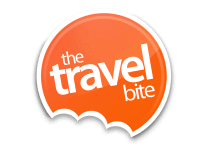
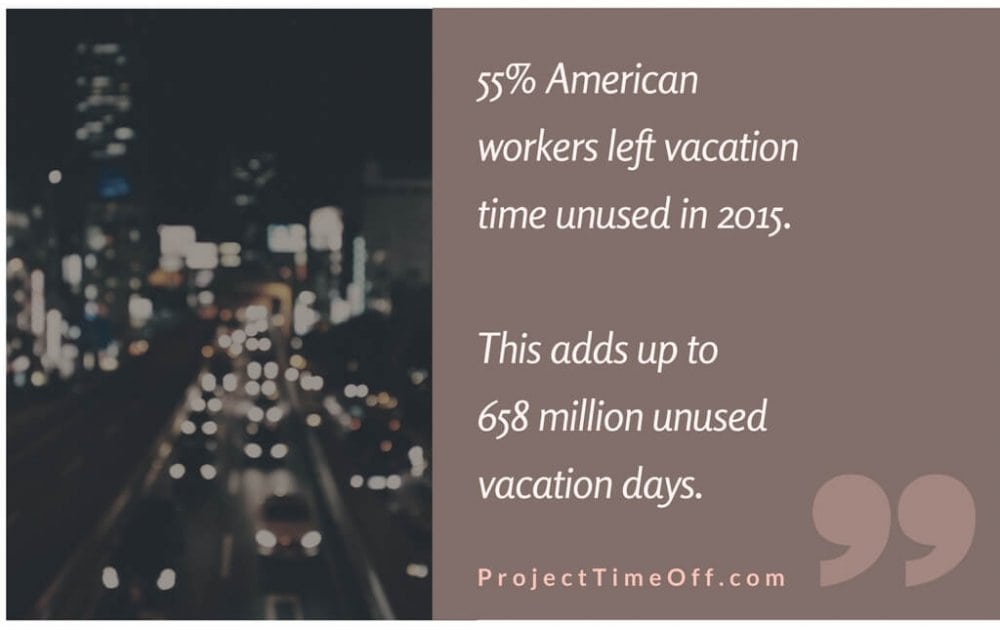
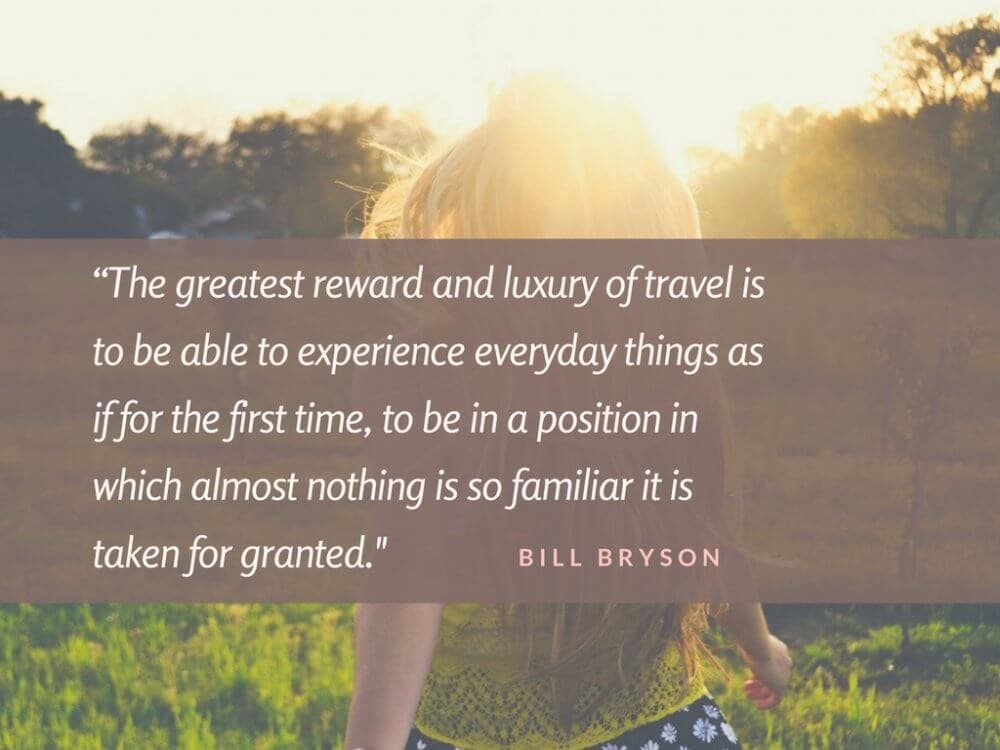
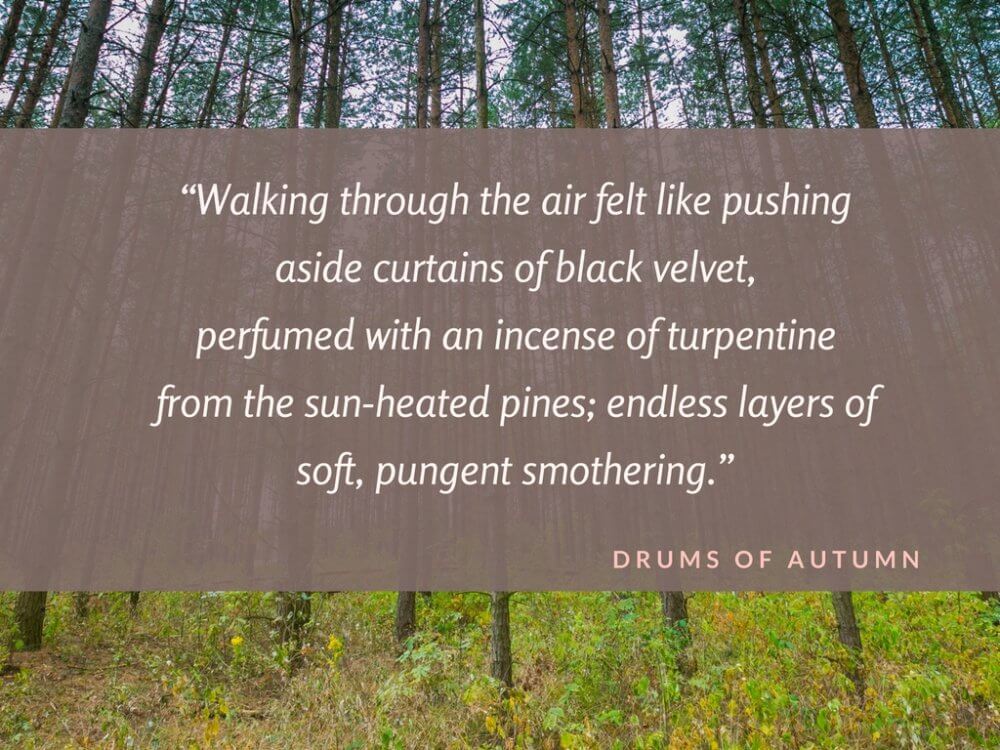

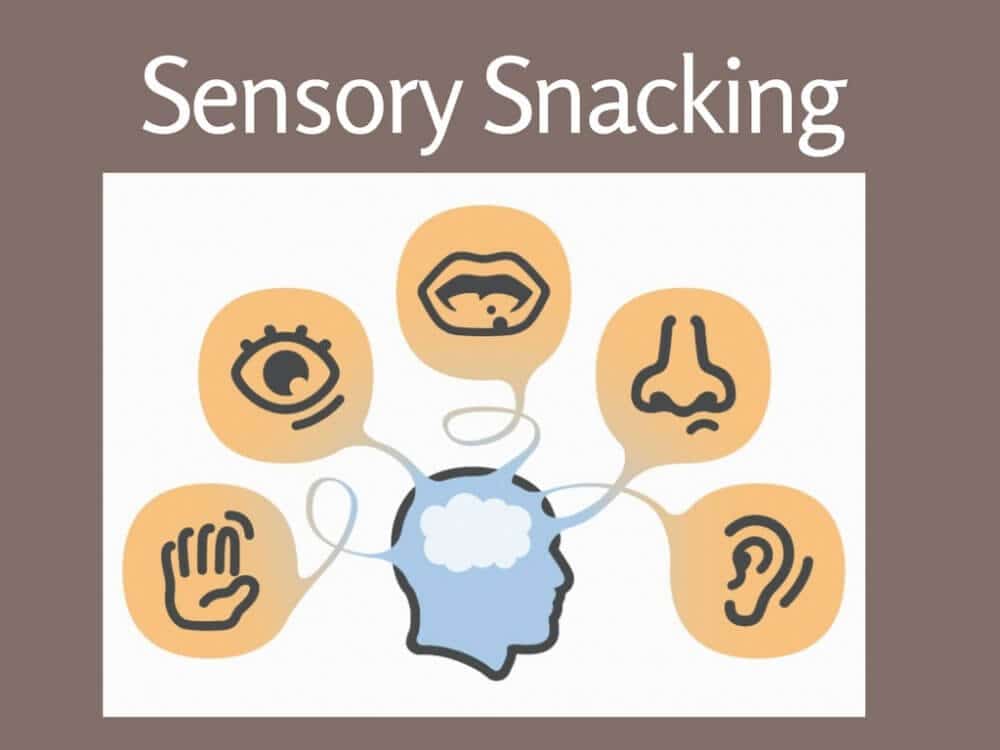
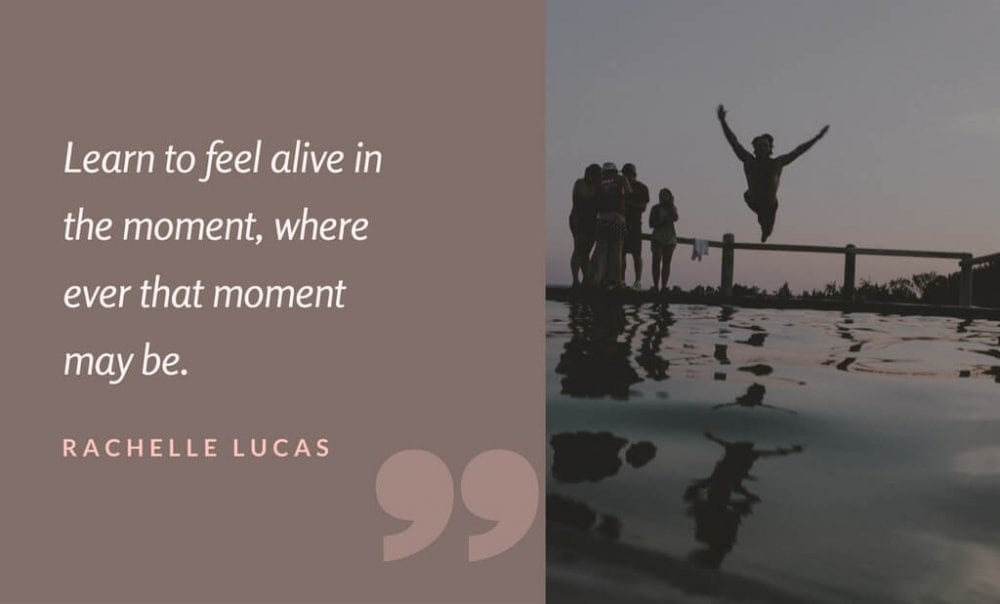
Leave a Reply